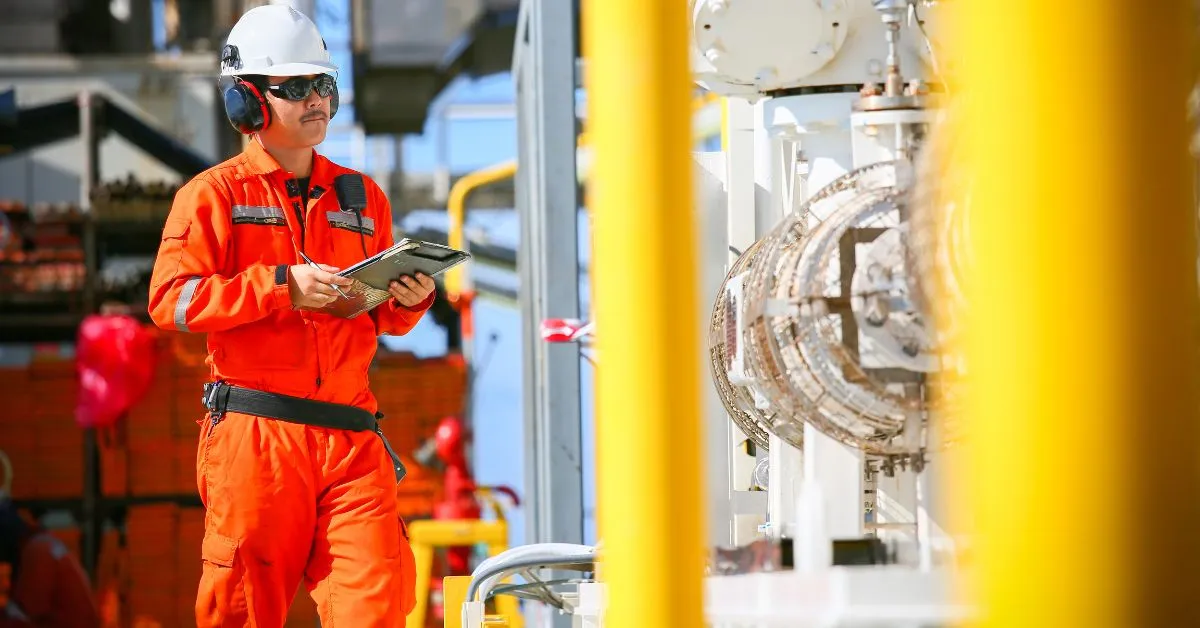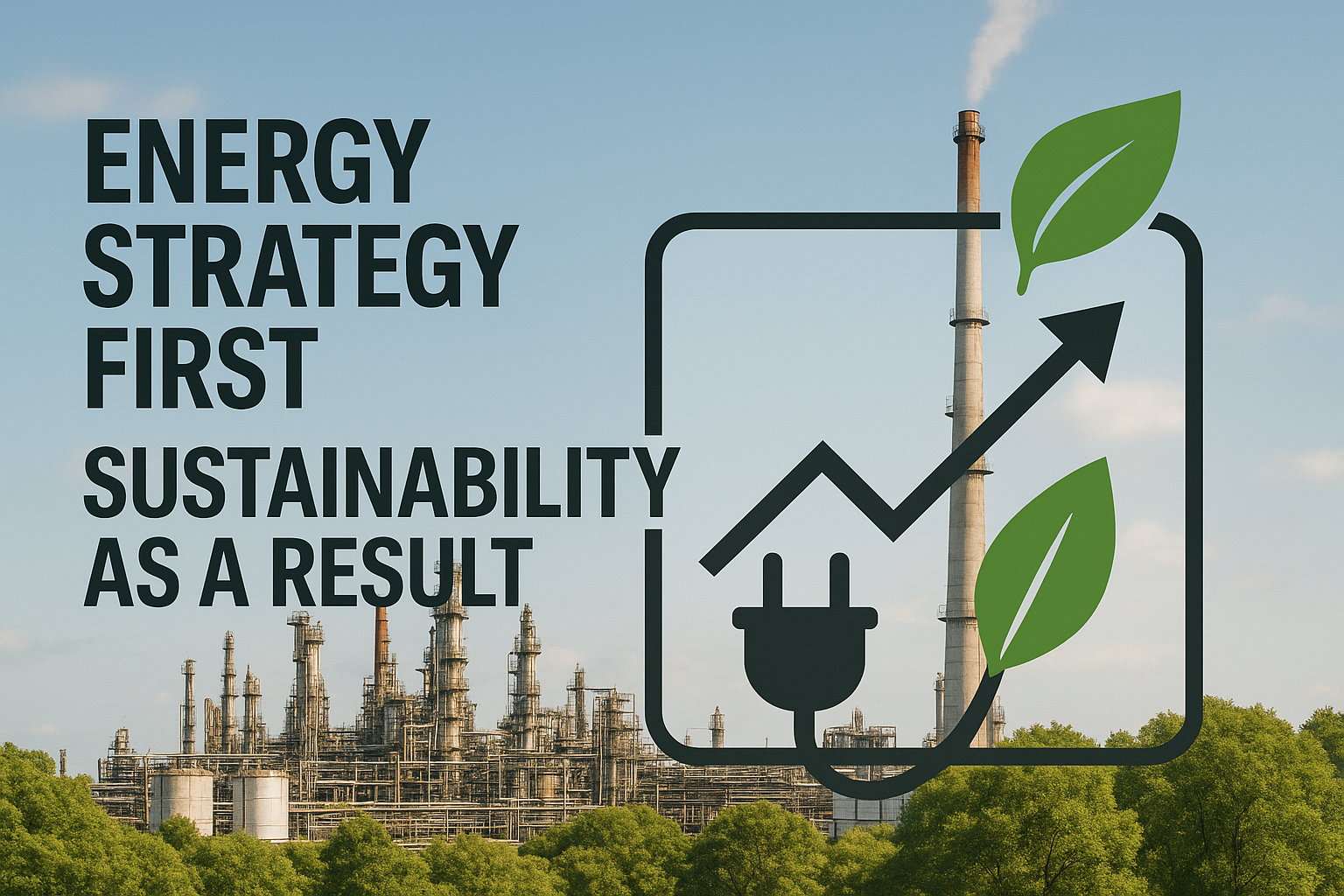The World Economic Forum flags human-AI collaboration as a top driver of future productivity in process plants, yet many facilities still tread cautiously. The opportunity is substantial: an IBM survey reveals that nearly half of executives say their teams lack the AI skills needed to unlock meaningful gains, stalling investments that could boost margins.
With such clear upside and an equally clear capability gap, operations and digital transformation leaders need pragmatic guidance, not theoretical promises. Each of the tactics below is rooted in current research and proven field experience, giving you a roadmap to turn human-AI partnership from aspiration into measurable improvement.
1. Redesign Roles to Emphasize Human Strengths
Legacy manual control keeps many plants stuck in reactive mode. Alarms cascade, and front-line operations spend shifts firefighting rather than improving yields. Industry 4.0 changes this dynamic: AI handles endless pattern recognition while operators focus on context, ethics, and possibilities.
Research on hybrid teaming shows that breaking jobs into micro-tasks lets AI take repetitive, high-frequency work—freeing operators to supervise, diagnose edge cases, and set new performance targets.
Consider a refinery console where an AI engine streams optimal set-points into the distributed control system (DCS). Rather than blindly accepting those moves, operators validate each suggestion, override when constraints demand, and annotate their decisions.
This human-in-the-loop approach preserves accountability, keeps safety decisions with people, and teaches the model through every correction. Clear role boundaries, humans decide, AI computes, mirrors global workforce guidance, and builds the trust needed to scale advanced decision support across the plant.
2. Build AI Literacy Across Operations Teams
Nearly half of executives admit their employees lack confidence working with industrial AI, creating adoption barriers that limit returns. When front-line operations don’t trust new algorithms, even the most sophisticated systems fail to deliver.
Effective programs break learning into short, role-specific modules that fit shift schedules. Operators decode confidence intervals on vibration alerts, while reliability engineers explore escalation paths for model drift. Each lesson ties directly to daily tasks, keeping retention and enthusiasm high. Reinforce classroom sessions with lunch-and-learns, simulator drills that replay past upsets, and vendor academies offering stackable certificates. Public scoreboards recognizing newly certified staff create cultures where sharing knowledge becomes standard practice.
The key is linking each certification level to promotion eligibility. When advancement requires AI fluency, participation stops being optional, and your entire team moves up the learning curve together.
3. Design Human-Centered Interfaces & Culture
When dashboards bury you in cryptic tags or tiny trends, even the best AI falls flat. Human-centered design research shows that unclear control-room interfaces remain a leading source of operator mistakes, eroding trust and throttling ROI. Your goal is to reverse that dynamic: present data in ways that invite action and foster a culture where people feel safe collaborating with the model, not competing against it.
Give front-line operations only what they need at the moment of decision. Successful projects use anomaly heat-maps for quick scanning, plain-language alerts that spell out severity, and short “why” pop-ups that unpack an AI recommendation. Leading Industry 4.0 companies pair interface overhauls with cultural guardrails, cross-functional AI champions who collect feedback and blameless reviews that dissect misses without finger-pointing.
Effective screen design requires meeting these criteria:
- Can operators locate critical alarms in under three clicks?
- Does every alert explain its confidence and expected impact?
- Are post-shift reviews logging AI overrides and lessons learned?
- Do designers sit in on weekly production meetings to hear pain points?
This transforms the interface into a trusted teammate that accelerates smarter, safer production.
4. Involve Operators in Continuous Feedback Loops
Establishing continuous feedback loops transforms AI from a black box into a transparent decision-making partner. The World Economic Forum emphasizes this practice as essential for enhancing AI accuracy and building user trust in industrial environments. When operators can flag false positives or override incorrect suggestions, they remain engaged while maintaining operational accuracy standards.
These feedback mechanisms follow a clear five-step process for refining AI systems:
- Detect: AI systems initially identify anomalies or areas for improvement
- Flag: Operators assess flagged cases and intervene when necessary
- Review: Feedback from operators is analyzed to determine AI decision validity
- Retrain: Algorithms adjust based on reviewed feedback, refining predictive accuracy
- Redeploy: Enhanced models incorporate operator insights before rollout
This cyclical mechanism improves system accuracy while fostering transparency and shared ownership. In chemical plant implementations, collaborative AI systems that incorporate operator feedback have been shown to significantly reduce false alarms, demonstrating tangible benefits, although specific percentage reductions may vary by case.
Strengthen these loops through practical tools like in-app ratings and regular meetings with data scientists. Automated real-time sensor monitoring combined with human oversight ensures continuous learning, making AI systems more reliable and adaptable over time.
5. Start Small with High-Impact Use Cases
Launching an AI optimization initiative works best when you start focused. A tightly scoped pilot helps you avoid the integration challenges that surface when new technology meets legacy equipment — issues that are a significant concern in large-scale rollouts.
The fastest payback usually sits in three familiar areas: energy optimization, predictive maintenance, and quality control. Industrial AI that fine-tunes energy consumption has helped plants reduce utility costs while keeping throughput steady.
Targeted sensor pilots that forecast equipment failures before they cascade protect uptime without massive capital outlays. In process industries, AI-driven monitoring can identify subtle performance deviations in pumps, compressors, or kilns, giving operators the chance to act before small issues become costly disruptions.
The key is tying each pilot to hard metrics — energy per ton, unplanned downtime hours avoided, extra throughput realized — and inviting operators to co-design the workflow. Publicizing early wins across crews and leadership tiers ensures momentum born in one unit often paves the way for plant-wide transformation.
From Strategy to Implementation with Imubit
Redesign roles, build AI literacy, create human-centered interfaces, establish feedback loops, and start with targeted pilots. These five strategies work together to align human insight with AI capabilities, delivering safer and more efficient production with fewer off-spec runs and lower energy consumption. Your team’s shift from constant fire drills to continuous improvement.
Imubit’s Closed Loop AI Optimization solution embeds these same principles, enabling your distributed control system (DCS) to learn and act in real time while preserving operator judgment. The result is measurable improvements in throughput, quality, and energy efficiency without sidelining the expertise your teams bring to complex industrial processes.
Take action now: schedule an audit of your current workflows against these five strategies, select one high-impact pilot to launch this quarter, and share the results to build sponsor support and organizational momentum.




